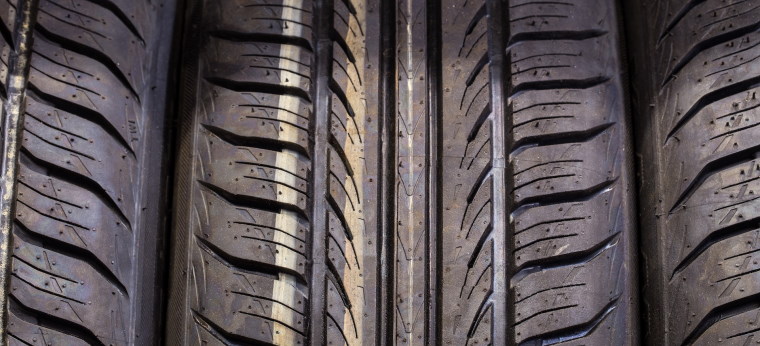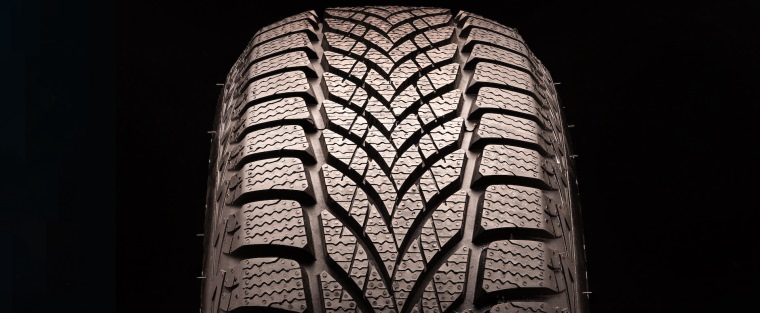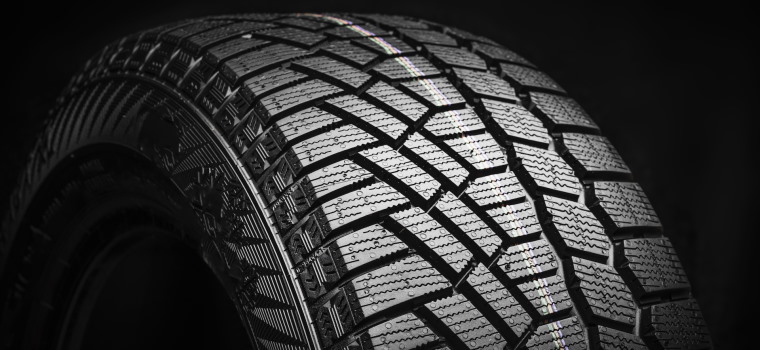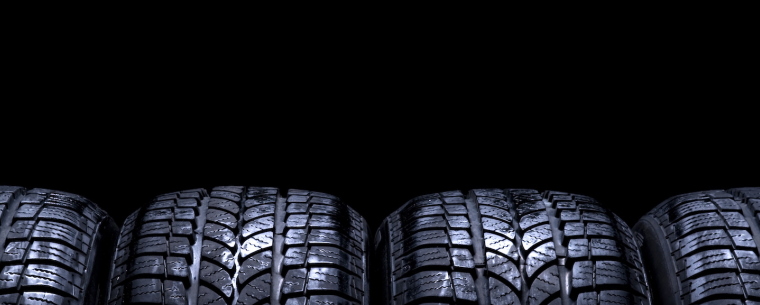What are the Different Tyre Tread Patterns For?
Published on: Thursday, 26 May 2022 | Author: Jack Dreyer
Have you ever looked closely at the tread of your tyres? Unsurprisingly, not many drivers do. If you were to look, though, you’d notice that each tyre has a distinct pattern, rather like a fingerprint.
Far from just decorative print, however, these patterns are highly practical and important for the functionality of your vehicle.
In this blog, we’ll talk you through the different types of patterns found on car tyres and explain what they do for your vehicle.
What are the different types of tyre tread?
There are a whole variety of tyre tread patterns — each formulated for different terrain, grip intensity, handling, vehicle type, and driving conditions. The most common categories, though, include symmetrical, asymmetrical, and directional.
Symmetrical
Symmetrical tyre tread pattern is the most common type. If you check your tyres, you’ll probably see something like this:

As you can see, symmetrical tyre tread is extremely uniform and consists of a singular pattern spanning the whole surface of the tyre in continuous grooves. If you have a regular passenger car, you’ll likely have this type of tyre tread since it is very durable and also quiet.
The thing to note about symmetrical tyre treads is that they can be rotated in a number of ways (since the tread all faces in the same direction), making them extremely versatile and less prone to wearing down in certain pressure points.
If you don’t have a particularly high-performance car and are after smooth driving and great fuel efficiency, symmetrical tyre tread is the right choice for you. With a low rolling resistance, this type of tread gives drivers a great level of control over their car.
However, while that’s all well and good in ‘normal’ driving conditions, when road surfaces are wet and slippery, symmetrical tyre tread does not fare well, increasing the risk of aquaplaning, crashes, and failing to reduce (wet) braking distance.
Directional
Directional tyre tread, on the other hand, is designed to provide a high level of protection against aquaplaning. With optimal handling on wet roads, ice, mud, and snow, this type of tyre tread is perfect for drivers in colder climates or for regular off-roaders.

As you can see from the photo above, directional tyre tread looks quite similar to symmetrical in that the tread all faces in the same direction. However, there are many other subtle differences. The arrow-like pattern, for instance, not only displays the direction in which the tread is supposed to point but acts as a mitigation device against aquaplaning.
Their unique shape plays an important role in displacing the water out of the way of the tyres, allowing vehicles to cut through large bodies of surface water or puddles with ease. Due to their optimisation for wet weather, this tread is a common feature on winter tyres and all-season tyres.
Asymmetrical
Another option is asymmetrical tyre tread. With excellent handling, this tread type is perfect for wet weather conditions and dry roads alike. Most often seen on the tyres of sports cars, asymmetrical tread offers a mixture of patterns for maximum grip.
As it stands, the inside of the tyres are usually designed for wet weather conditions, while the outermost parts are optimised for drier surfaces with larger tread blocks — hence the name. With this unique design, the inner tread displaces the water while the outer tread handles noise and grip, making it ideal for high-performance vehicles.

How does it all work?
Ribs
The elevated sections of the tyre tread are called ribs. All of the tyre blocks combined come together to make these raised ribs that make contact with the road’s surface.
Grooves
The opposite of ribs are grooves — the channels that cover the tyre surface and separate tyre blocks out. These are what channel the water out from under the path of the vehicle in wet weather.
Sipes
The smaller groove-like indentations in the tyre blocks are called sipes. These sipes also help channel the water away from the vehicle’s path and act as an extra grip to the road’s surface.
Tyres blocks
These blocks are simply the raised sections of the tread where ribs are grouped together.
When put all together, these tyre elements make up the unique pattern on your tyre tread and are what allow tyre manufacturers like Goodyear to produce such a wide variety of new tyres.
Dos and Don’ts for tyre tread
Lastly, since tyres are the most fundamental aspect of your vehicle, we’ve put together a shortlist of the dos and don'ts when it comes to tyre tread.
Don't
Mix the tyre tread patterns on your vehicle. When it comes to tyre tread, consistency is key, so ensure all your tyres are the same make and tread type to maintain a high performance.
Leave your tread depth to wear down. Not only is it a legal offence to drive with a tyre tread depth of under 1.6mm, but it is unsafe. Reduced tyre tread increases the risk of accidents, worsens braking distances, and (since there are no grooves to displace water) can increase the risk of aquaplaning.
Use one type of tyre year-round. Unless you have all-season tyres, your summer tyres will not fare well in winter driving conditions. Swap your tyres out seasonally.
Do
Check your tread depth regularly using the 20p test.
Conduct regular tyre maintenance to check your tread is not ripped, worn, or punctured.
Speak to the team of experts at your local Tyre Pros centre with any questions you might have about tyre replacement or fitting.
To learn more about your tyres, read our blog posts on Tyre Pressure and Tyre Markings.




